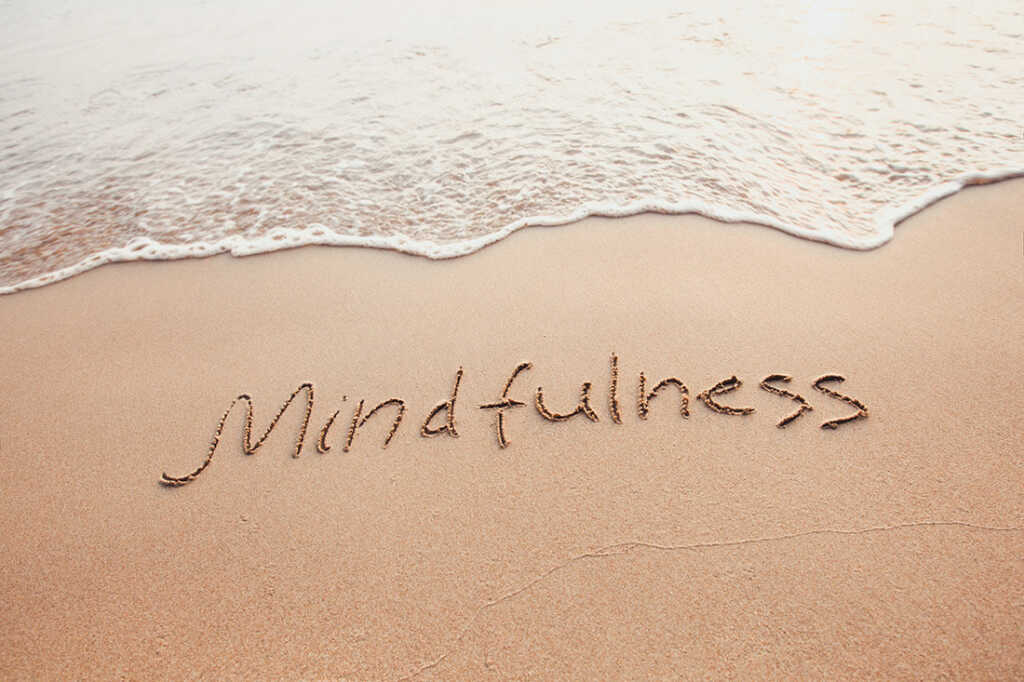
Imagine a world where stress transmutes into tranquility, fears yield to courage, and thoughts transform into allies, not adversaries. Welcome to mindfulness, a practice empowering you to reshape your mind, fostering calm, clarity, and inner peace.
Whether you’re a novice or have previously dabbled in meditation, this guide, along with other helpful resources like Journeys of Life, impart the insights and techniques needed to tap into the benefits of mindfulness. It’s not merely a process—a life-altering shift, a new perspective that can revolutionize your existence.
Understanding Mindfulness
More than a buzzword, mindfulness is a lifestyle. Fundamentally, it involves being fully present and aware of your surroundings and activities. It discourages excessive reactivity and feelings of being overwhelmed. Instead, mindfulness arms you with thoughtful responses to life’s challenges, nurturing a sense of balance and tranquility.
Despite seeming straightforward, mindfulness requires practice. It isn’t about clearing your mind but steering it. The objective isn’t to eliminate thoughts, but to observe them without judgment, acknowledging that each moment in life is precious and deserves full attention.
The Power Of Meditation
Meditation serves as an influential tool for achieving mindfulness. It’s a mental discipline fostering and developing a range of cognitive and emotional skills, including concentration, clarity, positivity, and a serene understanding of life’s reality.
Meditating regularly alleviates stress and anxiety, bolsters concentration, heightens self-awareness and improves emotional health. The beauty of meditation lies in its simplicity—it asks for nothing more than a peaceful space and your presence.
Starting With The Basics
The first steps in meditation can often seem daunting. But with the right approach, getting started is less intimidating than it might appear. You don’t need vast amounts of time or a specific setting.
A quiet corner and a few minutes each day can guide you onto the path of mindfulness. Here are some practical pointers to start your journey:
- Find Your Space: Opt for a quiet, comfortable location that offers solitude. This could be a dedicated corner of your room, garden, or balcony. The key is choosing a setting that instills a sense of peace within you.
- Set A Schedule: Aim to meditate at the same time every day. This consistency aids in nurturing your new habit, integrating meditation into your daily routine.
- Start Small: Begin with mere minutes each day. You can gradually extend your meditation time as you acclimate to the practice.
- Prioritize Consistency: The duration of your meditation is less important than its consistency. Short, daily sessions are more beneficial than long, infrequent ones.
The secret to a fruitful meditation practice lies in its simplicity. By creating a tranquil space, establishing a consistent schedule, beginning with short sessions, and focusing on a routine, you’re laying a solid foundation for a lasting meditation habit.
Body Posture And Breathing Awareness
When meditating, your body posture carries significant importance. Maintaining a straight posture, whether seated on a chair or the floor, is paramount. It promotes alertness and optimal breathing.
Breathing, in turn, forms a crucial part of meditation. Deep, mindful breathing calms the mind and anchors you in the present moment. When your focus drifts, gently redirect your attention to your breath’s rhythm.
Mindfulness Techniques
Several techniques exist for practicing mindfulness meditation. One common method is the body scan technique, which promotes heightened body awareness by focusing on different body parts, starting from your toes and moving up to your head.
Another technique is observing thoughts, wherein thoughts are considered passing clouds in the sky. Instead of getting engrossed in or attempting to control thoughts, you watch them without judgment.

Cultivating Mindfulness In Everyday Life
Mindfulness isn’t limited to your meditation practice—it’s a principle to integrate into your daily life. Practicing mindfulness while eating, walking, or engaging in any activity encourages complete immersion in the task at hand, deterring your mind from wandering.
Cultivating mindfulness requires time and patience. If it feels challenging initially, don’t get disheartened. The key is to remain patient with yourself and savor each moment as it unfolds.
Common Challenges And How To Overcome Them
Meditation isn’t always smooth sailing, and obstacles are to be expected. Common stumbling blocks include physical discomfort, restlessness, drowsiness, and distraction. Recognizing these challenges as part of the journey is crucial.
If you encounter any obstacles, modify your practice to accommodate them. For instance, if you find yourself frequently drowsy, try meditating at a different time. If restlessness prevails, explore alternatives such as walking meditation. The key is to maintain flexibility and treat yourself with kindness.
Conclusion
Harnessing mindfulness through meditation marks a transformative journey. It’s not just about handling stressful situations or sharpening focus—it’s about cultivating a deeper self-understanding, living fully in the present, and striving for a balanced and serene life.
As you embark on this voyage, remember that patience, consistency, and self-compassion are your navigational aids. Let this beginner’s guide serve as your roadmap, leading you step by step into the realm of mindfulness—a domain where each moment is a chance for growth, and each breath brings you closer to tranquility. Welcome to your new journey.





